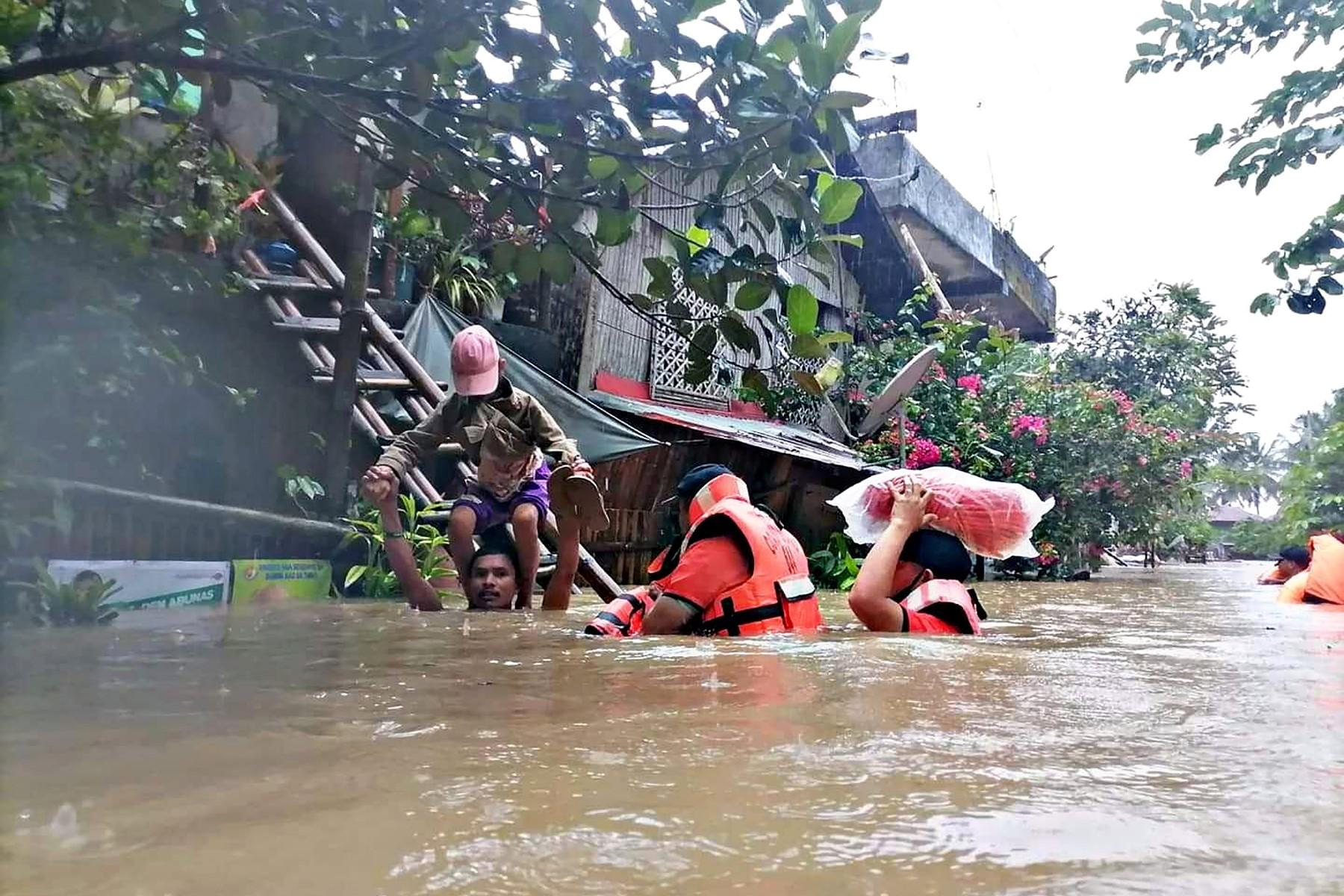Death toll from Philippines landslides, floods rises to 58
Most of the deaths from tropical storm Megi were in the central province of Leyte where a series of landslides devastated communities.
Just In
The death toll from landslides and floods in the Philippines rose to 58 on Wednesday, official tallies showed, as rescuers dug up more bodies with their bare hands in villages crushed by rain-induced avalanches.
Most of the deaths from tropical storm Megi – the strongest to hit the disaster-prone archipelago this year – were in the central province of Leyte where a series of landslides devastated communities.
At least 47 people died and 27 were missing after waves of sodden soil smashed into farming settlements around Baybay City over the weekend, local authorities said. Just over 100 people were injured.
Three people were also killed in the central province of Negros Oriental and three on the main southern island of Mindanao, according to the national disaster agency.
Search operations for survivors in Pilar village – part of Abuyog municipality in Leyte – resumed at first light Wednesday, with boats carrying rescuers to the coastal community of around 400 people a day after a landslide pushed most houses into the sea.
“We have five casualties, one unidentified,” Captain James Mark Ruiz of Abuyog police told AFP.
Around 50 survivors have been rescued from the village, the Bureau of Fire Protection said on Facebook Tuesday.
Raymark Lasco, a radio operator at the Abuyog disaster agency, told AFP that “many people” had died.
“I can’t give you exact details… because our operation is ongoing,” he said.
Port operations suspended
Search operations have also resumed around Baybay City after the rain stopped, enabling emergency personnel to access hard-hit areas, Mayor Jose Carlos Cari told CNN Philippines.
“In some barangays (villages), we’re just doing retrieval,” Cari said.
Rescuers have been using their bare hands and shovels to reach victims buried by the landslides.
A Philippine Coast Guard video shared on Facebook Tuesday showed rescuers carrying a mud-caked woman on a stretcher from one of the devastated villages, while other victims were piggybacked to safety.
The military has joined coast guard, police and fire protection personnel in the search and rescue efforts, which have been hampered by bad weather.
Whipping up seas, Megi forced dozens of ports to suspend operations and stranded thousands of people at the start of Holy Week, one of the busiest travel periods of the year in the Philippines.
Megi came four months after super typhoon Rai devastated swathes of the country, killing more than 400 and leaving hundreds of thousands homeless.
Scientists have long warned that typhoons are strengthening more rapidly as the planet becomes warmer due to climate change.
The Philippines – ranked among the most vulnerable nations to its impacts – is hit by an average of 20 storms every year.
Subscribe to our newsletter
To be updated with all the latest news and analyses daily.
Most Read
No articles found.
